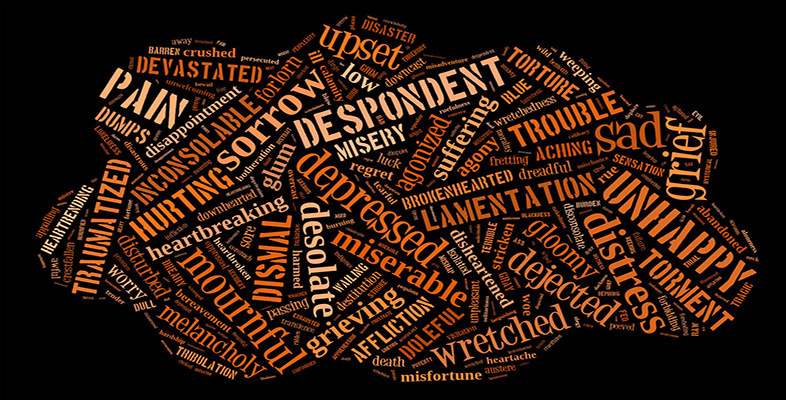3.4 Cognitive and non-cognitive states
At several points in the Reading, James draws a sharp contrast between emotions and what he terms ‘cognitions’. The distinction between cognitive and non-cognitive states will crop up fairly regularly from now on, so I shall pause at this point to make it clear how I am going to understand this distinction. Unfortunately, different philosophers understand the distinction in different ways; I shall introduce two possible interpretations of the distinction.
On one interpretation, the term ‘cognition’ points up a contrast between reasoning or thinking on the one hand and sensing or perceiving on the other. In thinking about our surroundings, we bring beliefs and thoughts together to form a coherent picture of the world; in thinking about our actions, we bring beliefs, thoughts and desires together in order to decide what to do. In this respect, beliefs, thoughts and desires contrast with perceptual states – for example, my seeing a giraffe as tall or my hearing it as crunching leaves. My seeing the giraffe as tall provides evidence for the belief that it is tall; but until I have formed that belief, I cannot use that information to draw further conclusions or to make plans. In this first sense of the term ‘cognitive’, cognitive states will include any type of psychological state that is characteristically involved in thinking or reasoning: these include beliefs, thoughts and desires, but not perceptual states.
Many philosophers reject the suggestion that there is a strong distinction between perceiving and thinking. They argue that perception involves interpreting sensory data in the light of our concepts and perhaps our beliefs, so that perception should be regarded as a cognitive phenomenon. In contrast, the distinction that I am drawing here rests on the assumption that the kind of interpretation involved in perception is distinct from that involved in reasoning – perhaps because it involves a separate psychological mechanism, which operates in a different way, or uses different sources of information.
On a second interpretation, the term ‘cognition’ points up a contrast between belief and motivation. Beliefs and thoughts can be described (very roughly) as representing things as being a certain way: for example, my belief that the giraffe is tall represents the giraffe as being tall. In this respect, beliefs and thoughts contrast with motivational states, such as desires and wishes. Desires and wishes do not represent the world as being a certain way; instead, they represent how the world is desired or wished to be. In this second sense, then, cognitive states will include beliefs and thoughts, but not motivational states.
As we have seen, James contrasts emotions with cognitions. This is not surprising: bodily feelings are not judgements or beliefs. It would be natural to regard them as a form of perceptual state: that is, a perception of changes occurring inside the body. James, then, regards emotions as non-cognitive states.
